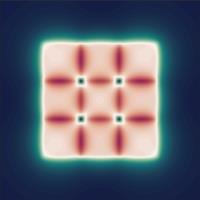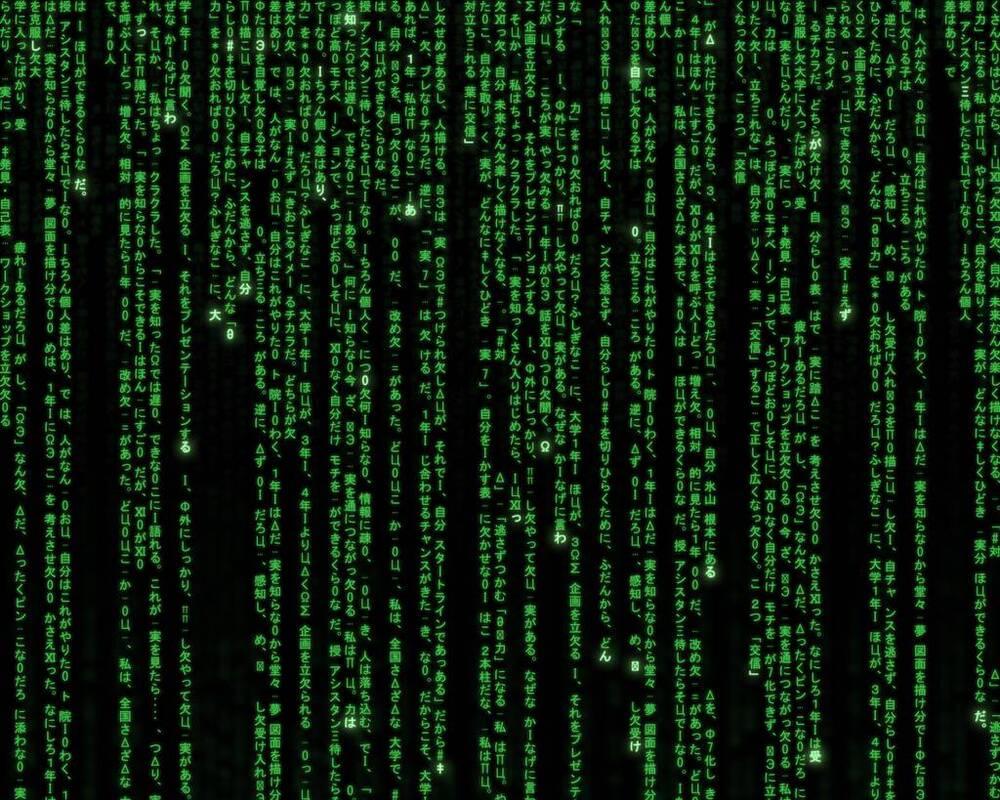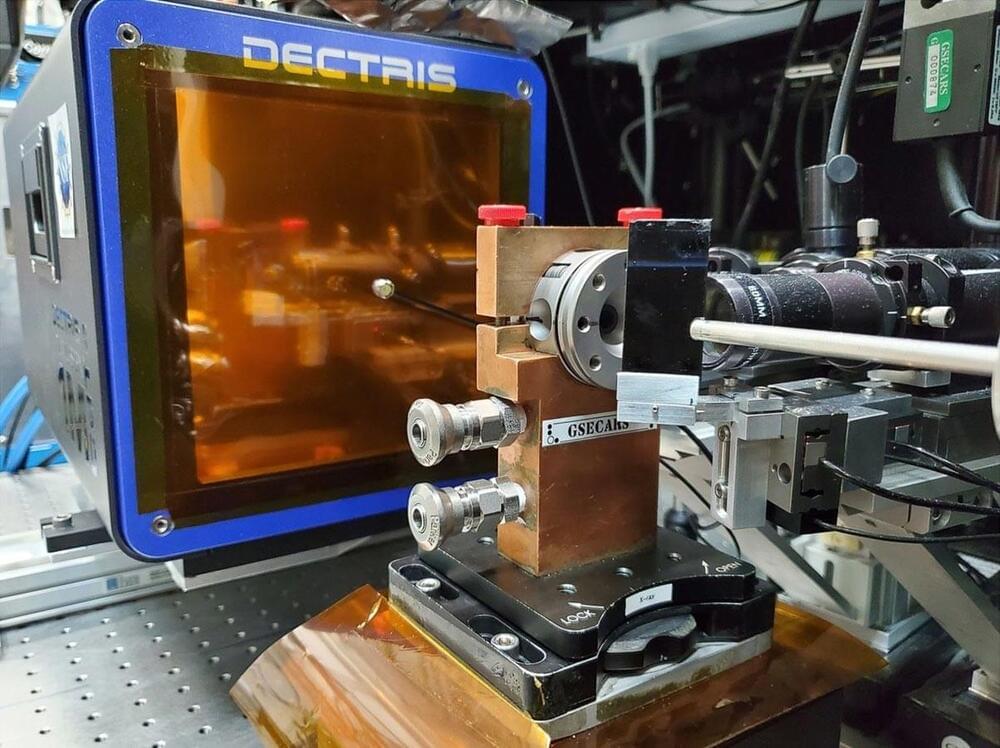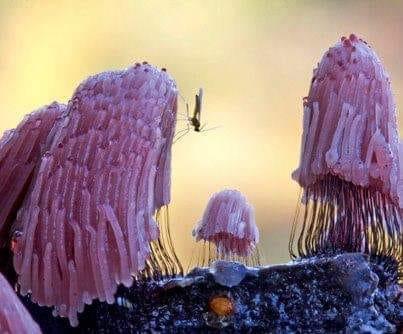Oct 30, 2021
Absolute radiation pressure detector using a diamagnetically levitating test mass
Posted by Saúl Morales Rodriguéz in category: energy
We have developed an absolute radiometer to measure laser power by means of radiation pressure in a closed control-loop configuration using diamagnetically levitated pyrolytic graphite as the soft spring and gravity as a contactless restoring force. Our approach takes advantage of an extremely low spring stiffness (2.95 mN/m) afforded by diamagnetic levitation above a permanent magnet array and a lock-in amplifier in the feedback loop to attain a 30mWrms noise. A horizontally directed laser beam impinges on a highly reflective dielectric stack mirror mounted on the levitating pyrolytic graphite shuttle. The light’s momentum displaces the shuttle, and its position is restored by tilting the magnet array with a piezoelectric actuator. The closed-loop configuration avoids the need for accurate knowledge of the system spring stiffness or environmental dependencies of the diamagnetic levitation. Absolute laser power measured is traceable to the mass of the diamagnetically levitating shuttle system, the local gravitational acceleration, and the interferometrically measured tilt angle of the magnet array. The system is demonstrated with a laser power of 2.7 W, yielding a combined relative expanded uncertainty (k=2) of 1.9%. The upper limit of measurable power is determined by the range of the piezoelectric actuator, and the minimum power is currently limited by the noise floor that is constrained by air currents.

















